views
1. Tea Is the Second Most Consumed Beverage in the World
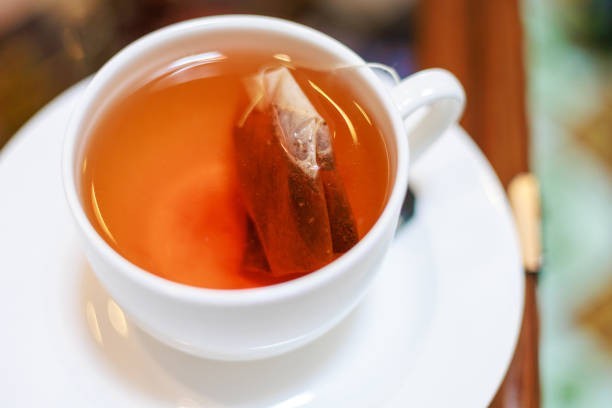
After water, tea is the most popular drink on Earth. It’s enjoyed in nearly every country — hot, iced, sweetened, spiced, or steeped — and is deeply embedded in rituals from Japanese tea ceremonies to British afternoon tea.
Fun Fact: Over 3 billion cups of tea are consumed globally every day.
2. All "Real" Teas Come from One Plant
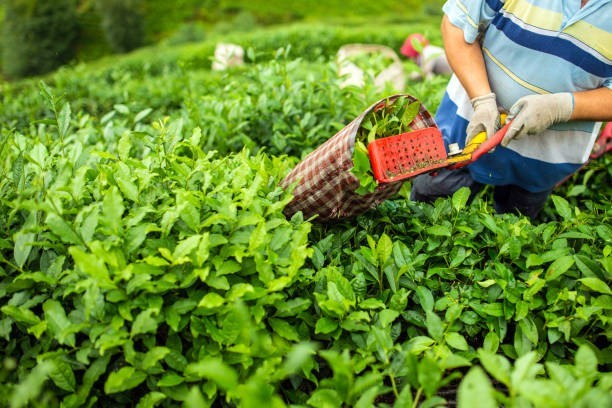
Surprisingly, black, green, white, oolong, and even pu-erh tea all come from a single plant: Camellia sinensis. The difference lies in how the leaves are harvested and processed — mainly through oxidation, drying, and aging.
Bonus Tip: Herbal teas like chamomile and mint are not true teas — they’re called tisanes.
3. Green Tea Boosts Brain Power
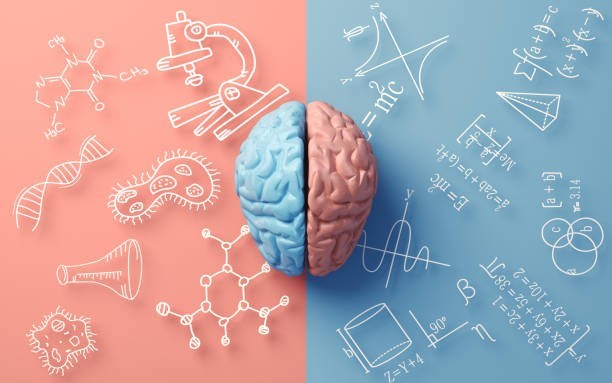
Green tea contains a gentle dose of caffeine paired with L-theanine, an amino acid known to improve focus, reduce stress, and enhance memory. Together, they provide alertness without the crash or jitters often associated with coffee.
Health Perk: It's a favorite drink for students and creatives needing long, calm focus sessions.
4. Black Tea Has the Most Caffeine
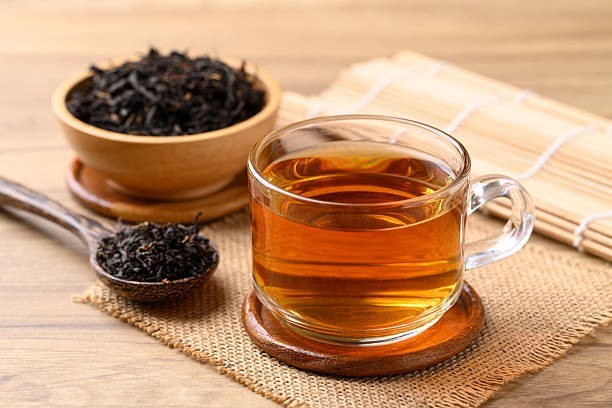
Among all true teas, black tea generally packs the most caffeine — making it a great morning pick-me-up. It’s fully oxidized, giving it a darker color and bold, earthy flavor.
Did You Know? English Breakfast and Earl Grey are popular black tea blends.
5. Herbal Teas Are Technically Not Teas
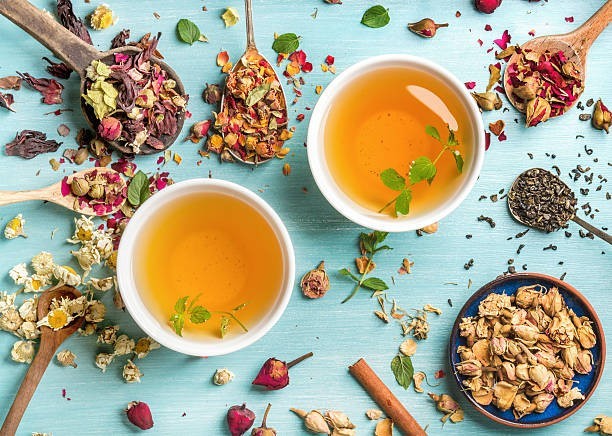
You might call chamomile, peppermint, or rooibos "tea," but they’re actually herbal infusions, since they don’t come from the tea plant. They’re caffeine-free and made from dried flowers, roots, leaves, and spices.
Good to Know: These are perfect for bedtime or caffeine-sensitive tea lovers
6. Tea Was Discovered by Accident
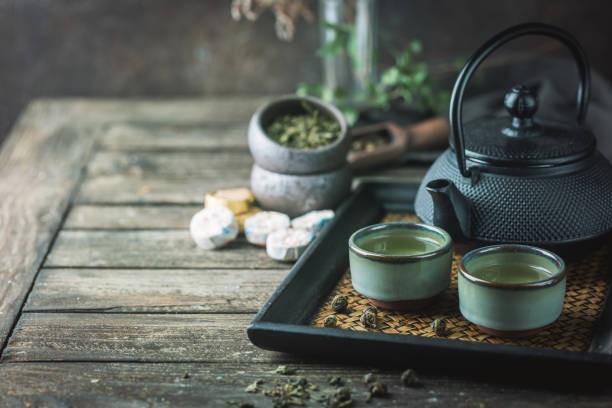
Legend tells us that around 2737 BCE, Chinese Emperor Shen Nong was boiling water under a tree when leaves from a wild tea plant drifted into his pot. Curious, he drank it — and thus, the world's love affair with tea began.
Historical Note: Tea was used as medicine long before it became a common drink.
7. The British Weren’t Always Tea Drinkers
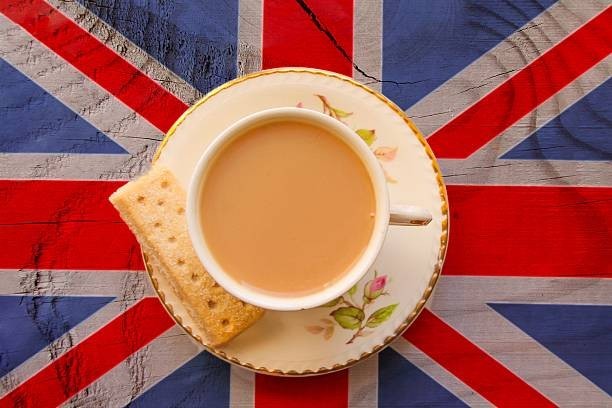
Tea only became fashionable in Britain in the mid-1600s, thanks to Portuguese princess Catherine of Braganza, who married King Charles II. She brought her love of tea to the royal court — and soon, all of England was hooked.
Cultural Shift: Tea later became a working-class staple, paired with biscuits and sandwiches.
8. Matcha Is Pure Green Tea in Powdered Form
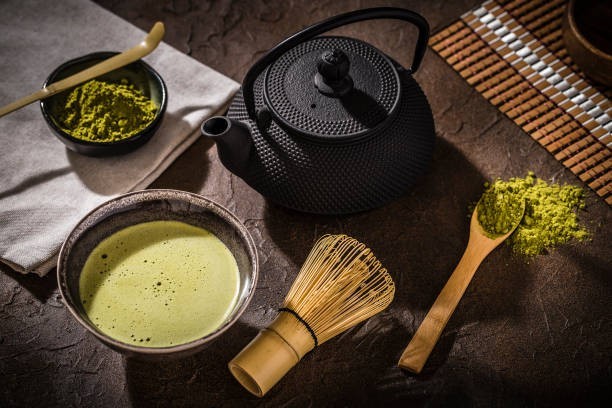
Matcha is made by grinding whole, shade-grown green tea leaves into a fine powder. Unlike regular steeped tea, you’re consuming the entire leaf, making matcha one of the most nutrient-rich beverages available.
Pro Tip: It’s great for lattes, baking, and smoothies too.
9. Iced Tea Was Invented at a World’s Fair
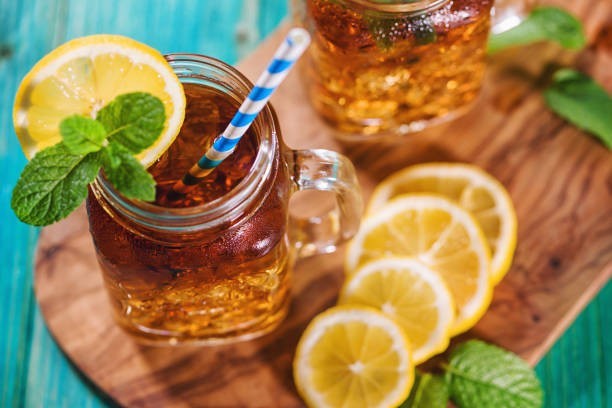
In 1904, during a scorching summer at the St. Louis World’s Fair, a tea vendor was struggling to sell hot tea. So he poured it over ice to cool it down — and Americans instantly fell in love with iced tea.
Today: Nearly 85% of tea consumed in the U.S. is iced.
10. Tea Is Packed with Antioxidants
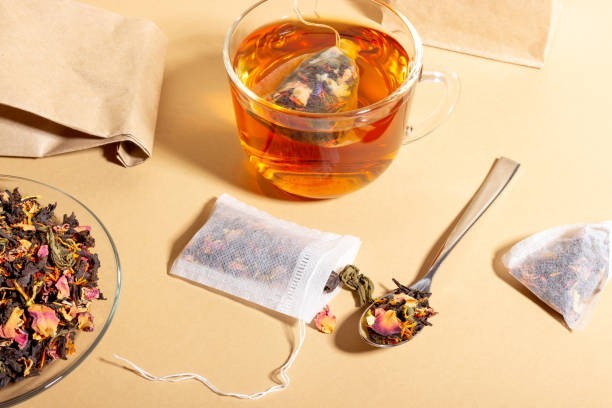
Tea is full of polyphenols and catechins, antioxidants that help fight free radicals and support heart health, digestion, and immunity. Green and white teas, in particular, are antioxidant powerhouses.
Health Boost: A daily cup of tea can contribute to a longer, healthier life — no sugar needed.
☕ Final Sip
Whether you’re a green tea purist, a boba-lover, or someone who just enjoys a cozy cuppa on a rainy day, there’s more to tea than meets the mug. It’s ancient, complex, and surprisingly good for you — so pour yourself another cup and toast to the power of tea!




















Comments
0 comment